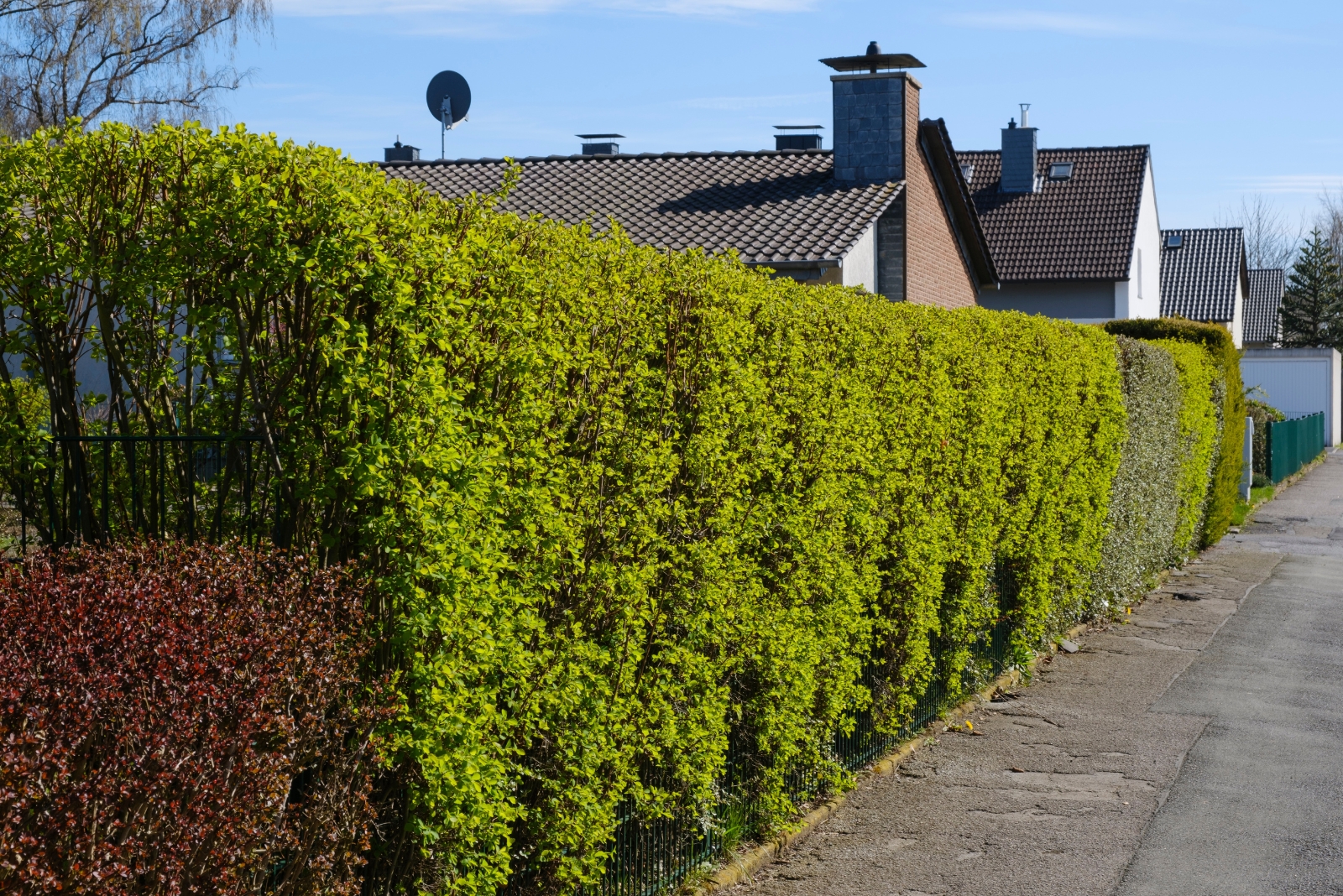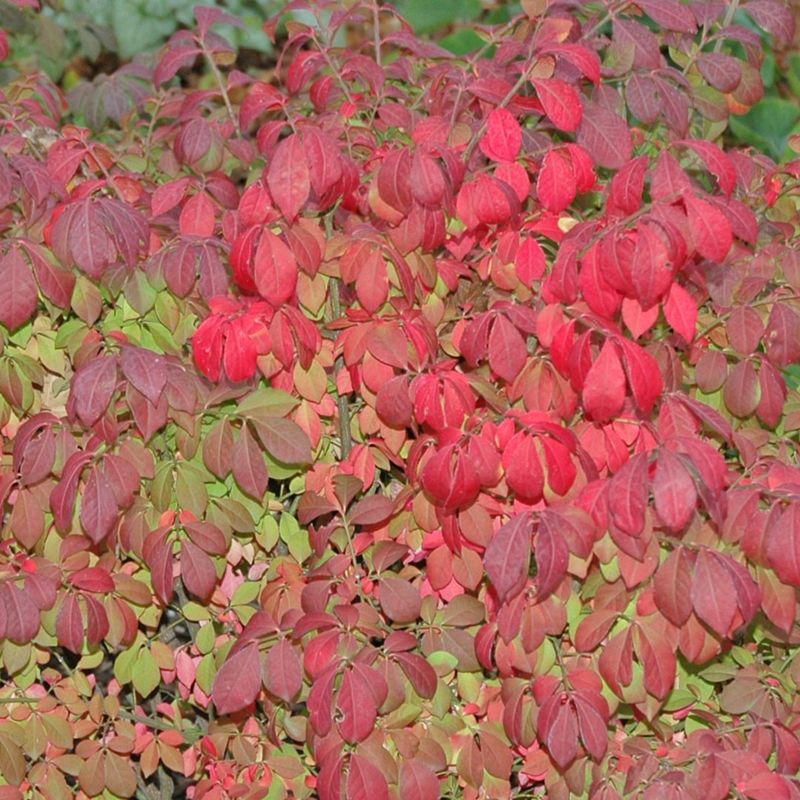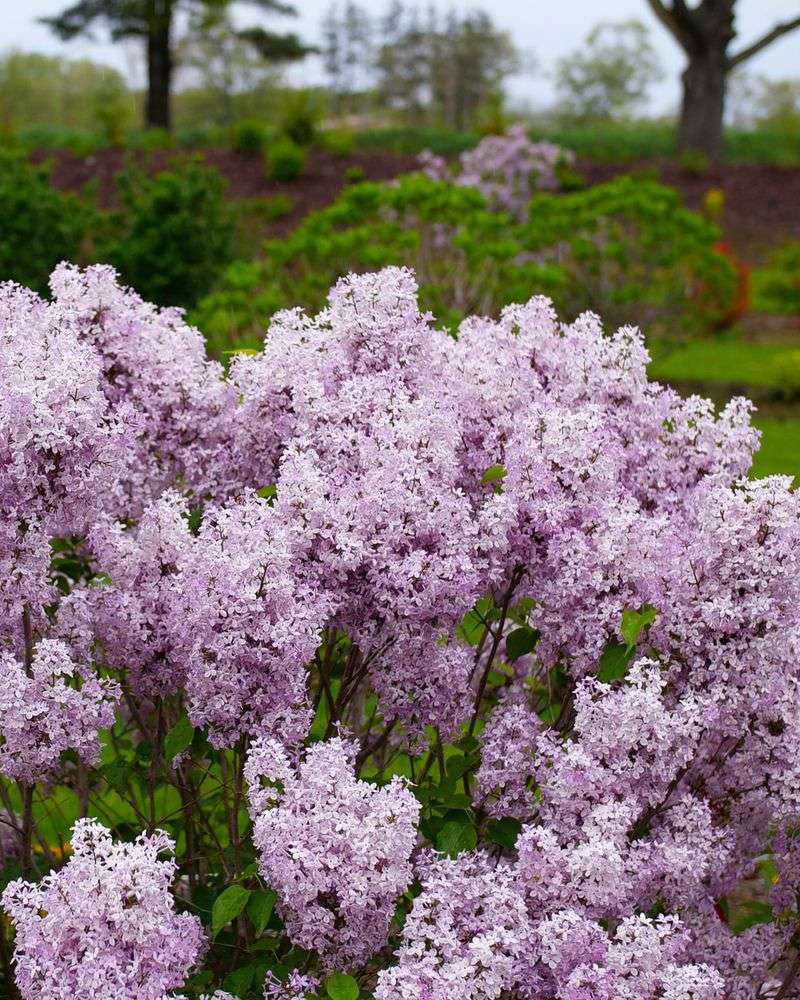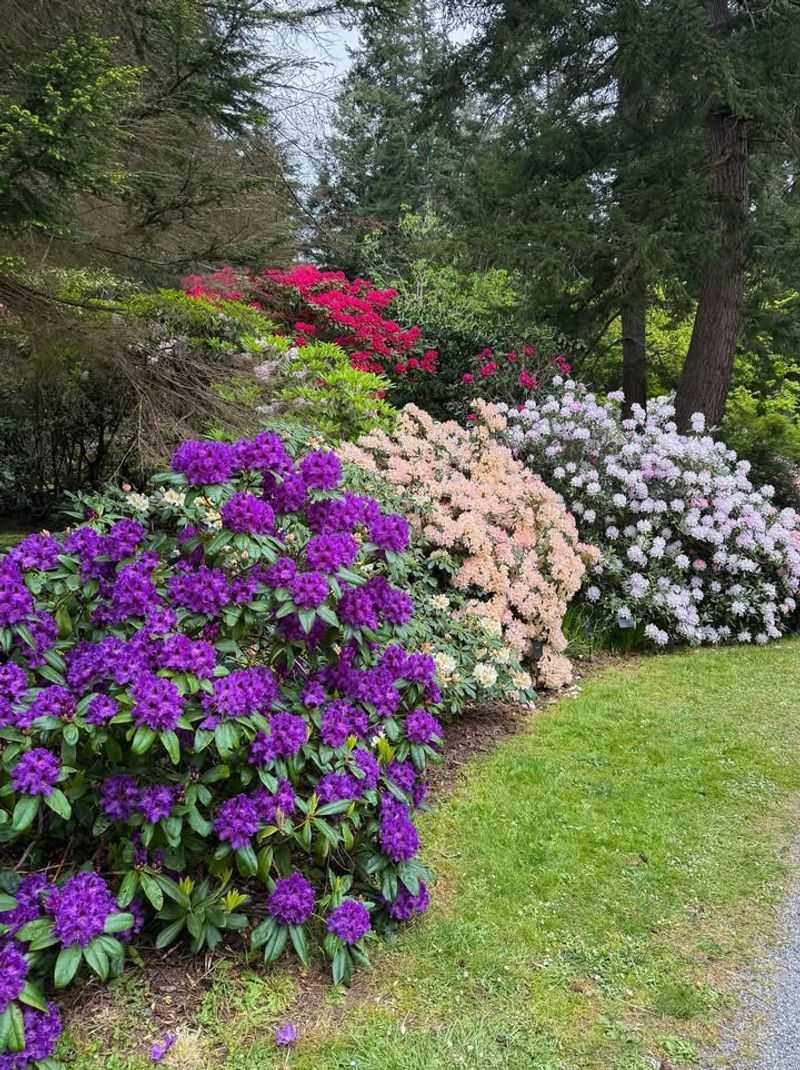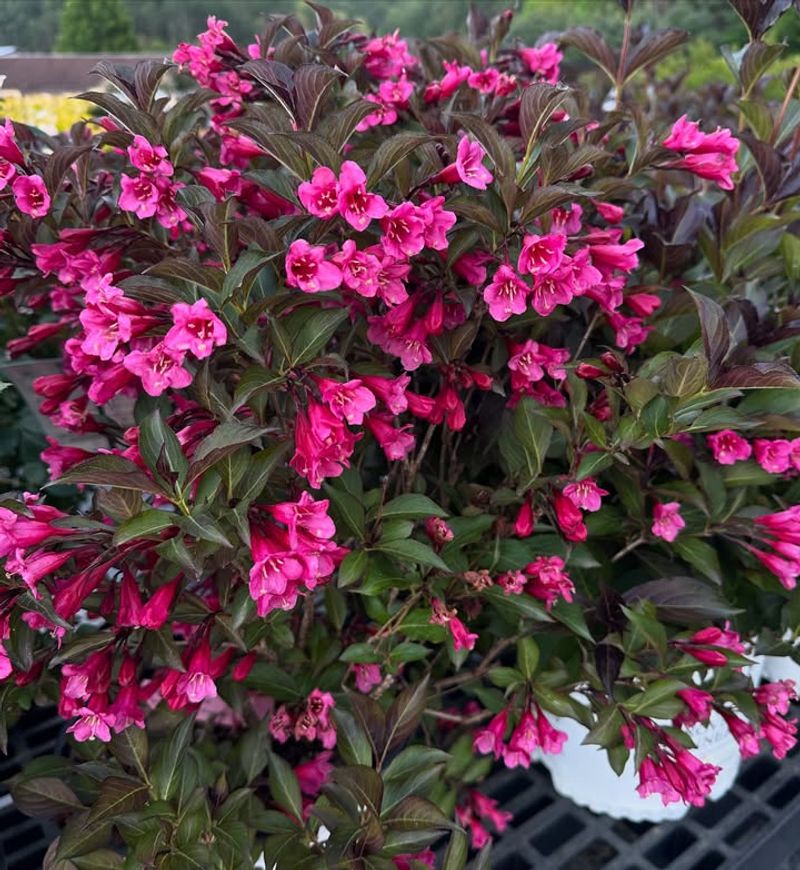New Jersey towns can be strict about overgrown shrubs, and I’ve seen people get warnings they never expected. Some plants grow faster than you’d imagine.
Staying ahead of them avoids trouble with local rules. A little trimming saves a lot of hassle.
1. Boxwood
Boxwood shrubs grow quickly and can easily block sidewalks or driveways if left unattended. New Jersey homeowners love these evergreens for their neat appearance, but they require regular shaping to prevent code violations.
Most municipalities require that plants stay at least three feet from public walkways. Trimming boxwoods three times during the growing season keeps them compact and compliant.
Overgrown boxwoods can obscure street signs or interfere with pedestrian traffic, which may trigger complaints from neighbors or local inspectors.
2. Privet Hedge
Privet hedges are famous for growing fast, sometimes adding several feet in a single season. Property owners in New Jersey often plant them for privacy, but they can quickly become a problem when they encroach onto sidewalks or neighboring yards.
Local ordinances typically mandate that hedges cannot exceed certain heights near street corners to maintain visibility for drivers. Regular pruning every six to eight weeks during summer prevents these shrubs from becoming a legal headache.
3. Forsythia
Those gorgeous golden blooms come with a price: forsythia branches spread wide and can droop into neighboring properties or public spaces. Garden State residents appreciate their early spring color, but these shrubs demand attention after flowering.
Branches that hang over fences or sidewalks violate many town codes. Pruning immediately after the flowers fade keeps forsythia under control and prevents complaints.
Neglecting this task means dealing with unruly growth that could earn you a citation.
4. Burning Bush
With its brilliant red autumn foliage, burning bush adds stunning color to any yard. However, this shrub grows vigorously and can quickly outgrow its intended space in New Jersey landscapes.
Branches extending beyond property lines or blocking visibility at intersections can result in fines from local authorities. Homeowners should trim burning bush in late winter or early spring before new growth begins.
Keeping it shaped properly ensures compliance with municipal regulations while maintaining its decorative appeal throughout the seasons.
5. Yew
Yews are popular foundation plants across New Jersey, but they grow slowly and steadily, eventually covering windows or doorways if ignored. Many varieties can reach heights that obscure home entrances, creating both aesthetic and legal issues.
Towns often require clear sightlines from the street to residential entrances for safety reasons. Trimming yews annually in late summer maintains their compact form and keeps them within acceptable boundaries.
Their dense growth makes them prone to violations when left unchecked.
6. Azalea
Azaleas bring spectacular spring blooms to Garden State gardens, but their spreading habit can cause problems. Branches often extend beyond planting beds and into walkways, creating tripping hazards that violate local safety codes.
New Jersey municipalities take pedestrian safety seriously, and protruding shrubs can lead to warnings or fines. Pruning azaleas right after they finish blooming gives them time to set buds for next year while keeping pathways clear.
Regular maintenance prevents these beauties from becoming liabilities.
7. Lilac
Lilacs produce fragrant flowers that everyone loves, but they also send up numerous suckers that create sprawling thickets. In New Jersey yards, these can quickly spread beyond property boundaries or obstruct views at corner lots.
Did you know? Lilacs can grow over 15 feet tall if never pruned, creating shade issues and visibility problems. Towns require adequate clearance at intersections for traffic safety.
Removing suckers and trimming height after blooming keeps lilacs manageable and prevents code enforcement visits.
8. Rhododendron
Rhododendrons develop into massive shrubs that can dominate entire sections of New Jersey landscapes. Their broad evergreen leaves and thick branches often extend well beyond intended planting areas, especially near property lines.
When branches cross fence lines or block sidewalks, neighbors may file complaints with local authorities. Pruning rhododendrons after their spring bloom prevents them from infringing on public or private spaces.
Their size makes them frequent targets for code enforcement inspections when neglected.
9. Juniper
Juniper shrubs come in many forms, but spreading varieties are particularly prone to growing beyond their bounds. Garden State homeowners often underestimate how far these plants will reach once established.
Branches creeping onto sidewalks or driveways create obstacles that violate accessibility requirements in many New Jersey towns. Trimming junipers twice yearly prevents them from becoming too wide and keeps pathways clear.
Their low-maintenance reputation disappears quickly when they start causing compliance issues with local ordinances.
10. Hydrangea
Hydrangeas produce stunning blooms but can grow surprisingly large in New Jersey’s climate. Some varieties reach six feet or more in all directions, blocking windows, walkways, and sight lines.
Municipalities require that shrubs near streets maintain certain height limits to ensure driver and pedestrian visibility. Pruning hydrangeas in late winter or early spring controls their size and promotes better flowering.
Letting them grow wild not only looks messy but can also result in notices from code enforcement officers.
11. Spirea
Spirea shrubs form graceful mounds with arching branches that cascade outward. While beautiful, this growth habit means they often extend far beyond their planting area in New Jersey gardens.
Branches that arch over sidewalks or driveways can create clearance issues that violate local codes. Many towns require at least seven feet of vertical clearance over walkways.
Trimming spirea after blooming keeps its attractive shape while ensuring it stays within legal boundaries and does not obstruct pedestrian paths.
12. Weigela
Weigela bursts with tubular flowers in late spring, but its vigorous growth creates maintenance challenges. New Jersey homeowners often plant it near property edges, where it can quickly grow into neighboring yards or public spaces.
Branches that extend beyond property lines are a common source of neighbor disputes and municipal violations. Pruning weigela right after flowering encourages new growth while keeping it contained.
Regular attention prevents this cheerful shrub from becoming a source of legal trouble or neighborhood tension.

